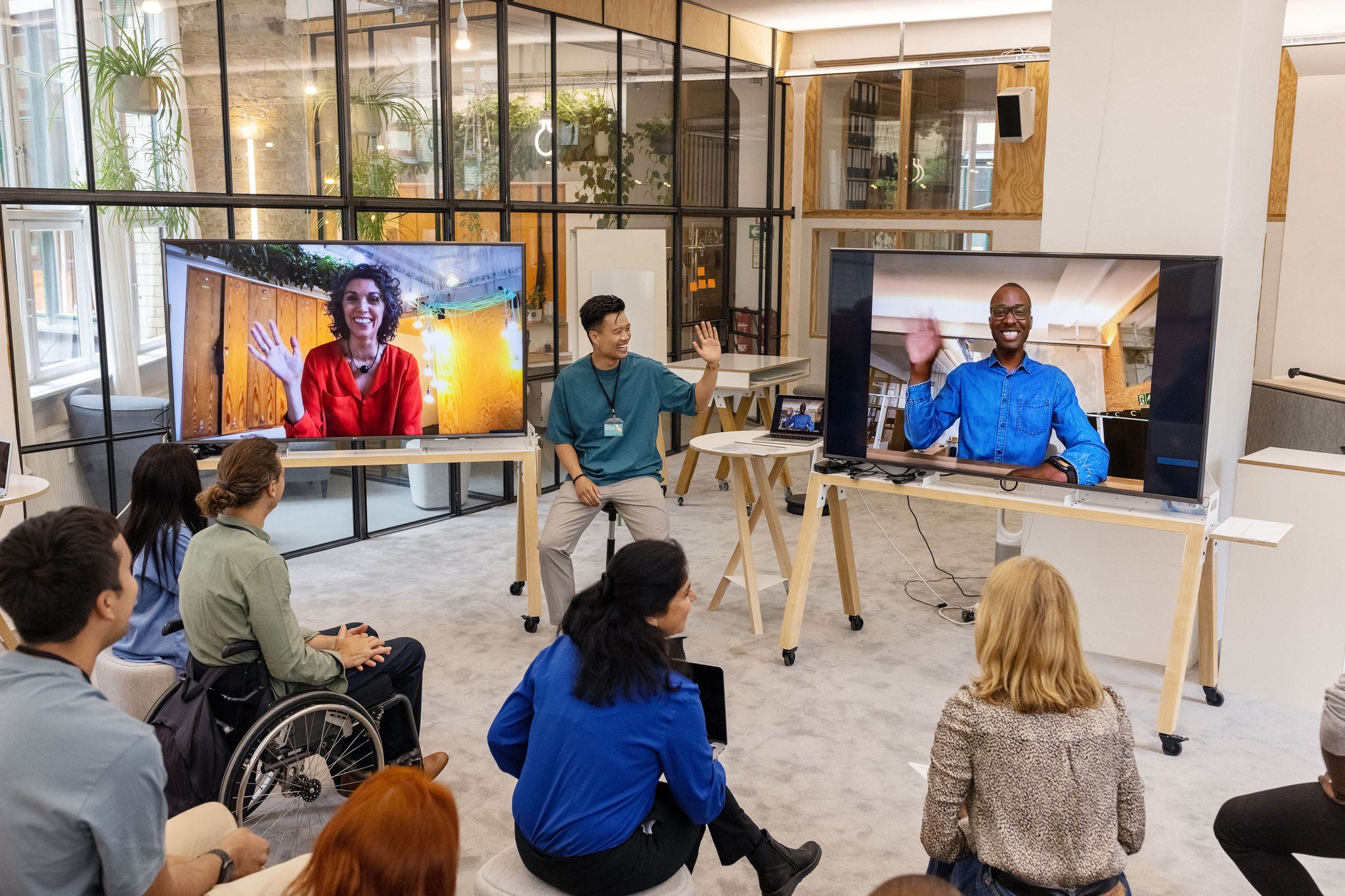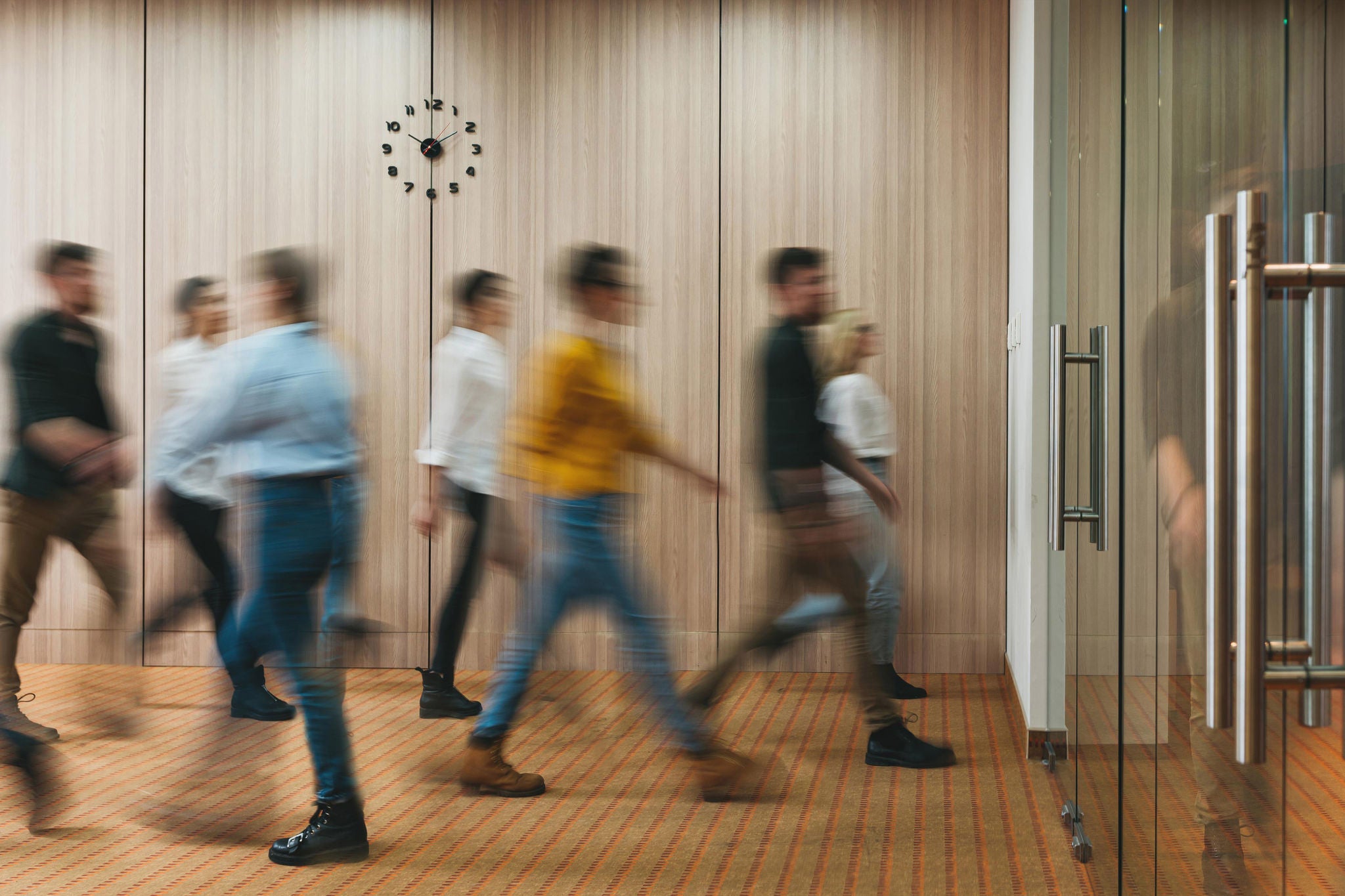EY refers to the global organization, and may refer to one or more, of the member firms of Ernst & Young Global Limited, each of which is a separate legal entity. Ernst & Young Global Limited, a UK company limited by guarantee, does not provide services to clients.
How EY can help
-
Our workplace reimagined professionals can help your business develop a workplace that’s as flexible as your workforce. Find out how.
Read more
Corporate leaders still see value in providing an office environment as an important part of their hybrid work structure. Face time fosters connections, collaboration, knowledge sharing and the synergies generated from coincidental interactions that help companies grow and thrive.
According to the 2022 EY survey, the impending economic downturn is expected to push more than 90% of corporate leaders to make some change to their office space footprint – either reimagining, replacing, improving or cutting back.








